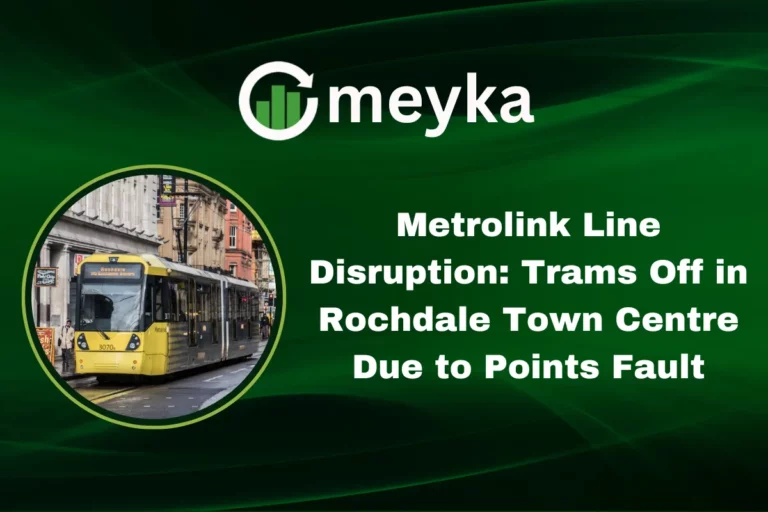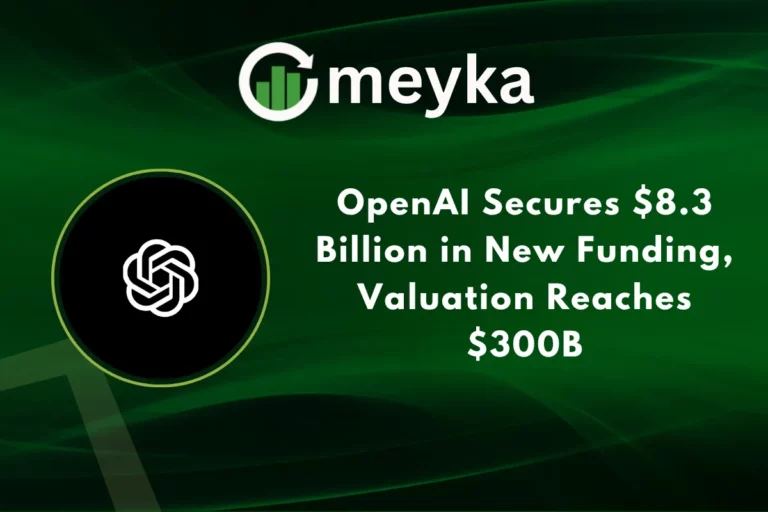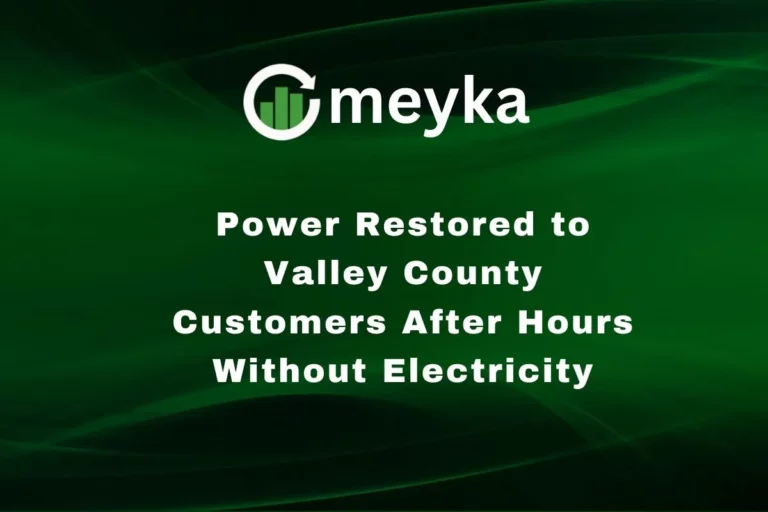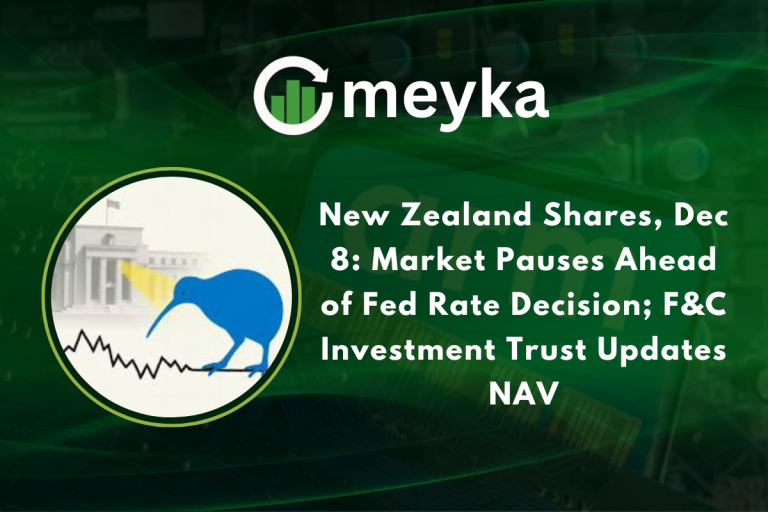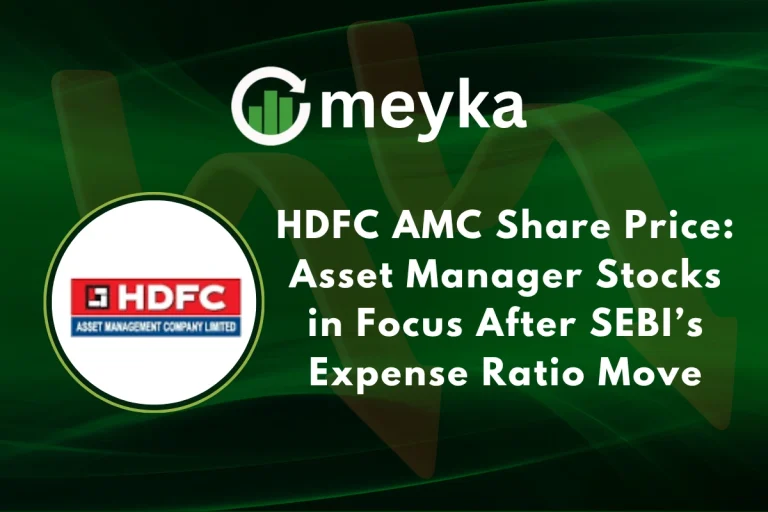Visa Embraces Stablecoins to Modernize International Payments
The financial world is changing faster than ever, and Visa has once again positioned itself at the center of innovation. By embracing stablecoins as a payment method for cross-border transactions, Visa is setting the stage for a more efficient, transparent, and modern financial ecosystem. This move strengthens its global dominance while aligning with the rapid adoption of blockchain-based technologies.
Why Stablecoins Matter in Global Payments
International payments have always been a challenge. Traditional systems are slow, costly, and filled with intermediaries. Wire transfers can take days, and the fees often cut deeply into the transferred amount. Stablecoins, digital currencies pegged to fiat money like the U.S. dollar, offer an innovative solution.
With stablecoins, transactions settle in minutes, sometimes seconds. Costs are significantly lower, and transparency is higher. For a company like Visa, which processes trillions of dollars annually, adopting stablecoins enhances speed, reduces friction, and ensures its relevance in the evolving stock market and fintech landscape.
Visa’s Strategy: Blending Tradition with Innovation
Unlike some fintech startups, Visa already holds a powerful infrastructure with millions of merchants and cardholders worldwide. By integrating stablecoins, it isn’t replacing traditional finance; it’s enhancing it. The company is working with blockchain networks such as Ethereum and Solana to allow stablecoin settlements.
This hybrid model ensures Visa remains a bridge between traditional banking and decentralized finance. While consumers still pay with their Visa cards, the settlement layer beneath could increasingly rely on stablecoins instead of outdated banking rails.
Impact on Cross-Border Transactions
The most significant effect of Visa’s stablecoin adoption lies in international payments. Millions of people rely on remittances, and small businesses depend on global trade. With stablecoins, money can move almost instantly from one country to another.
Imagine a freelancer in Asia working for a company in the U.S. Instead of waiting days for payments through wire transfers, they could receive funds via Visa-backed stablecoin settlements within minutes. This transformation opens opportunities for businesses, individuals, and even financial institutions.
Visa and the Global Stock Market
Visa is not only a payments leader but also a public company closely watched in the stock market. Investors view these moves into blockchain as indicators of long-term growth. Analysts performing stock research often highlight Visa’s ability to innovate without losing its traditional revenue streams.
Stablecoin adoption may attract a new wave of institutional and retail investors who see Visa as a safe yet forward-thinking company. While many AI stocks dominate conversations about the future, Visa’s strategic integration of blockchain and stablecoins puts it in the spotlight as a technology-driven financial leader.
Partnerships Driving Stablecoin Integration
Visa is not working alone. It has built partnerships with fintech firms, stablecoin issuers, and blockchain developers. Collaborations with companies like Circle, the issuer of USD Coin (USDC), have accelerated pilot programs. By using stablecoins like USDC for settlement, Visa ensures stability, transparency, and compliance with regulatory standards.
Such partnerships also allow Visa to expand into new markets where traditional banks struggle to serve unbanked populations. This strengthens its global presence and opens doors to billions of dollars in new transaction volumes.
Challenges and Risks Ahead
While Visa’s move is groundbreaking, it is not without challenges. Regulatory uncertainty around cryptocurrencies remains a significant concern. Governments worldwide are working on rules for stablecoins, which could impact adoption.
There is also the issue of volatility in the broader crypto space. While stablecoins are designed to hold value, concerns about backing and reserves can cause market stress. Visa must carefully select and monitor which stablecoins it supports to protect consumers and merchants.
Cybersecurity risks also play a role. Integrating blockchain technology with existing payment systems requires robust safeguards. Visa’s strong security record provides confidence, but continued innovation demands ongoing vigilance.
Vision for the Future
Visa’s stablecoin initiative is more than just a trend; it is part of a broader vision. The company aims to remain the world’s leading payment processor by embracing digital assets and blockchain solutions. By combining its trusted brand with the power of stablecoins, Visa can provide businesses and consumers with a seamless experience.
Looking ahead, we can expect Visa to expand its role in decentralized finance, central bank digital currencies (CBDCs), and even AI-powered payment solutions. Just as it revolutionized card payments decades ago, Visa is now writing the next chapter in global finance.
Conclusion
Visa’s decision to embrace stablecoins is a clear sign of the future of money. Modernizing international payments, it offers faster, cheaper, and more transparent solutions for businesses and individuals worldwide. For investors, it reinforces Visa’s strength in the stock market as a company that combines stability with innovation. For consumers, it means a better, more connected financial world.
FAQs
Visa will integrate stablecoins like USDC into its settlement process, allowing faster and cheaper cross-border transactions between banks, merchants, and consumers.
Visa is not speculating on cryptocurrencies. Instead, it is leveraging stablecoins as a payment technology, focusing on security, compliance, and efficiency.
For investors, this move signals Visa’s commitment to innovation. It could strengthen its position in the financial sector and enhance long-term growth potential in the stock market.
Disclaimer:
This content is made for learning only. It is not meant to give financial advice. Always check the facts yourself. Financial decisions need detailed research.

